Search
[{{{type}}}] {{{reason}}}
{{/data.error.root_cause}}{{{_source.title}}} {{#_source.showPrice}} {{{_source.displayPrice}}} {{/_source.showPrice}}
{{#_source.showLink}} {{/_source.showLink}} {{#_source.showDate}}{{{_source.displayDate}}}
{{/_source.showDate}}{{{_source.description}}}
{{#_source.additionalInfo}}{{#_source.additionalFields}} {{#title}} {{{label}}}: {{{title}}} {{/title}} {{/_source.additionalFields}}
{{/_source.additionalInfo}}Divinity II: The Dragon Knight Saga (PC)
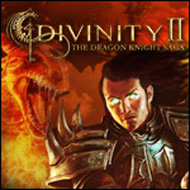
Divinity II: The Dragon Knight Saga
Publisher: Focus Home Interactive
Developer: Larian Studios
Released: November 5, 2010
ESRB Rating: Mature for Blood; Suggestive Themes; Violence
Available on: Xbox 360; PC (version reviewed)
Genre: Action Role-Playing Game
MSRP: $40 (Amazon affiliate link)
Thank you to Larian Studios for sending us a copy to review!
Sequel to the cult hit, Divine Divinity – Divinity 2: The Dragon Knight Saga steps away from its isometric predecessor to offer a different kind of game. Now with the focus on third-person action, Larian Studios set out to correct some of the mistakes with Divinity 2\'s original release, Ego Draconis. With an updated engine, retooled gameplay, and inclusion of the Flames of Vengeance expansion, Divinity 2 sets the bar high. Let\'s see if this RPG is worth the gold.
Divinity 2\'s yarn revolves around the exploits of a Dragon Knight, a new recruit into an order of like-minded folks who have glowing eyes and special combat training. Not only are you a superstar to lowly villagers, but you\'re also targeted early on by the main villain, Damien. Damien, who threatens to kill you at every chance that he gets, fills the archetypical role of the bad guy, both by spouting bits of monologue and looking grumpy. The story itself takes around 30 hours to finish, depending on how many side-objectives you feel like accomplishing. Divinity 2’s story wrapped up in an abrupt fashion, which felt both disappointing and undercooked; the expansion – Flames of Vengeance – alleviates this to some extent, by continuing where the main game left off. Or, you can play the expansion straight from the menu with a new higher-level character. Either way, the extra few hours are worth it.
Along your journey in Rivellon, you\'ll accept quests from townsfolks, bandits, ghosts, and even inanimate objects. Quests range from fetching an item such as a journal, to clearing out an enemy camp, or even sneaking a group of pigs back to their rightful owner. The quests found here have several outcomes depending on which path you choose. Should you slay some guards so the pigs can escape, or leave the pigs where they are to the dismay of their owner? The actions you choose may not evolve on the level of say, the Mass Effect series, but they do have a wide amount of effects that you can see relatively quickly.
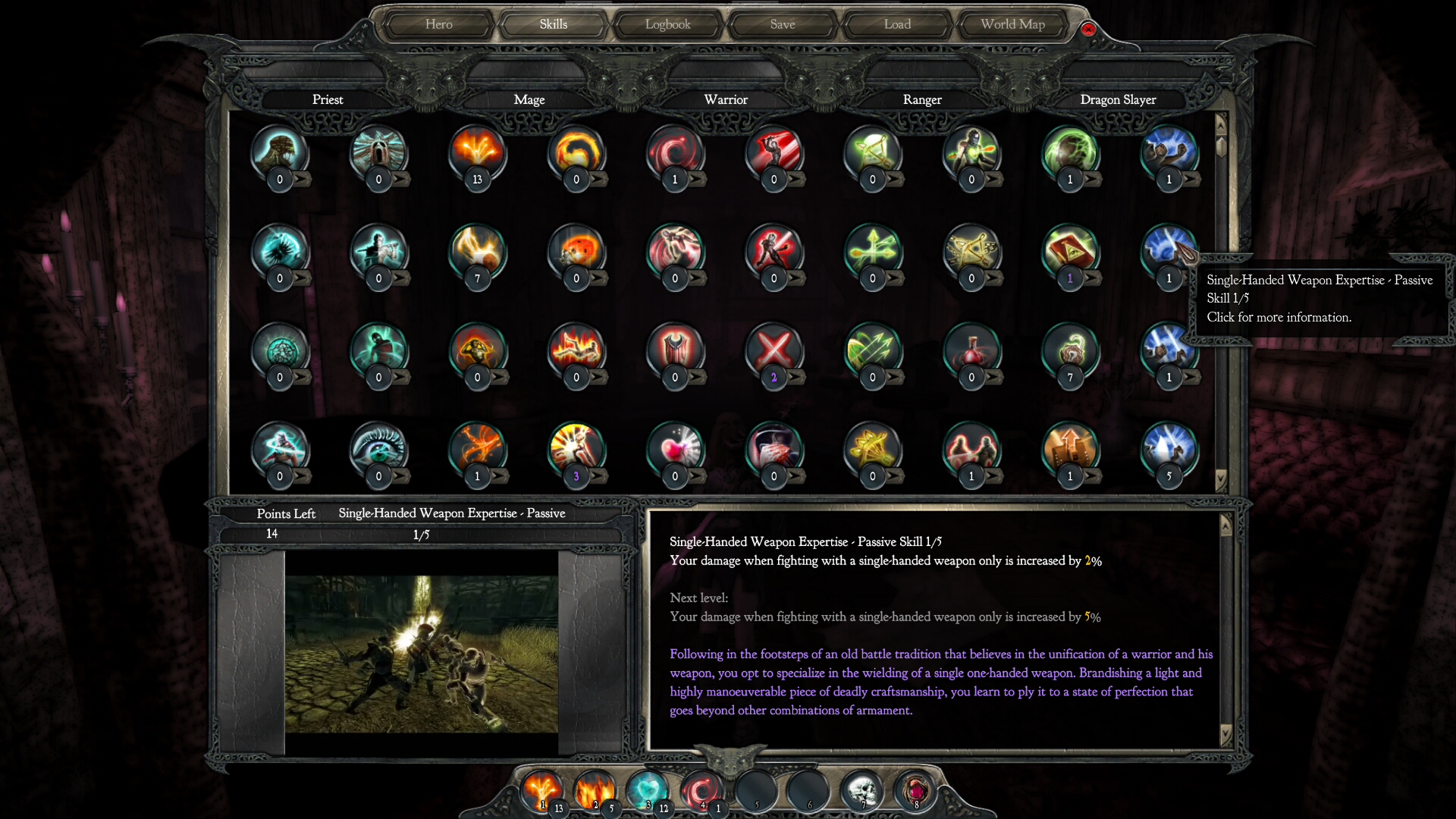
When considering how to go about combat, you\'ll have a few options to choose from. One way is with melee combat by utilizing axes, hammers, and swords. Dual-wielding, two-handed weapons, and shields are available as well. For the spell caster classes, you can go barehanded or choose to rely on your backup sword when the mana runs dry. There\'s bows for the ranger class, though I found this to be the least thrilling. Every swing of the sword or arrow shot requires a simple click of the mouse. While this is fine for the warriors, it makes being a ranger pretty underwhelming due to the lack of mobility. Being forced to stand in one spot to fire off arrows doesn\'t work as well as I hoped when it comes to this combat system. Assigning items and skills to your number keys without needing to fumble around in the inventory screen for a potion is here as well.
By completing quests and slaying enemies, you\'ll be rewarded with experience points. After a set amount of points, you\'ll level up. Each level grants you stat points, which go towards increasing the character\'s focus. There are several different stats and passive percentages that alter how a character will perform, so pumping strength for your warrior, or intelligence and spirit for your mage would be the right course of action. Skill points will also be awarded after each level up. These range from passive abilities such as damage increase with certain weapons and mana efficiency when casting spells, to active roles like heals, summons, and fireballs. While I would\'ve liked to see a more diverse array of skills, the ones here, while rather simplistic, get the job done.
About a third way into the main game\'s story, the option of having your own headquarters is made available. This headquarters, or “Battle Tower” as it\'s called in-game, houses multiple NPCs who make the journey less stressful, and add a bit of depth to what would be a rather standard RPG. A necromancer handles mixing and matching of your pet, a summon who can be called into battle to fight along side you. Limbs you find during the game as loot or from quests alter the pet\'s stats and abilities depending on what parts you choose. An enchanter allows you to customize gear by removing bonuses from weaker pieces and slotting them into your better armor and weapons. An alchemist allows for the crafting of potions, and the skill trainer offers skill redistribution for a price. Some of these processes require ingredients. In a smart move by the developers, you\'ll have three runners: NPCs who automatically fetch these items after a set duration. By paying for better weapons and armor from the NPCs mentioned above, the runners will have higher rates of success in finding that special item you require. The whole Battle Tower concept is pretty neat, not only because it makes tedious tasks easier, but because it adds a sense of accomplishment and of influence that a great hero would normally have.
Strong Points: Solid dialogue and plenty of written lore; exceptional voice acting; graphic engine runs smooth and offers pleasant environments; subtle humor throughout Weak Points: Uneven difficulty; crude and dated menus; not very newbie friendly; uses SecuROM Moral Warnings: Sword and sorcery abound in combat; blood is seen in environments and with melee attacks; occult themes like mind-reading, communication with ghosts, and necromancy are present, as are pentagrams; innuendo in some dialogue
Not long after the Battle Tower, the ability to transform into a dragon will open up. This is one of the better aspects of Divinity 2 alone. Though it is simplistic to an extent, there\'s plenty of cool factor because, well, you\'re a dragon. While the dragon can be customized to some degree, it\'s largely hands-off, except for the occasional dragon armor piece here or there. The arcade action as the dragon gets tiresome as the game progresses, however.
As neat as all of this sounds, one huge drawback when playing Divinity 2 was the difficulty level. I played on normal difficulty for a large portion of my experience, but I eventually had to bump down to casual from the sheer frustration that the game can throw at a player. Early on as a warrior, enemies could take me down in only a handful of hits, and with poor weapons, I had to trick the AI by hiding behind obstacles so I can slowly regenerate my health. Only a few hours later, with my character around level 12, the game\'s challenge seemed to nose-dive, offering up weak enemies that were dispatched in one to two hits. It\'s a weird aspect of the game that comes off as bipolar. One moment you\'re chugging all the potions you have just to stay alive and the next you\'re enjoying a cakewalk through a dungeon.
The fantastical nature of the world crafted by Larian brings with it the content that readers may find inappropriate. Generic bandits, goblins, and skeletons show up throughout the gameplay experience. Along with them are various demons, summoned beasts, dragons, ghosts, and the undead.
Spells can and will be used by the player, whether for combat or during scripted sequences. The priest class can summon allies to aid in battle, and mages employ different types of explosive spells; enemies, too, can use the same skills and tools in battle. Combat is largely tame, even though violence is shown through the use of bows, bladed weapons, or fire magic. Blood is seen in combat, but nothing over the top.
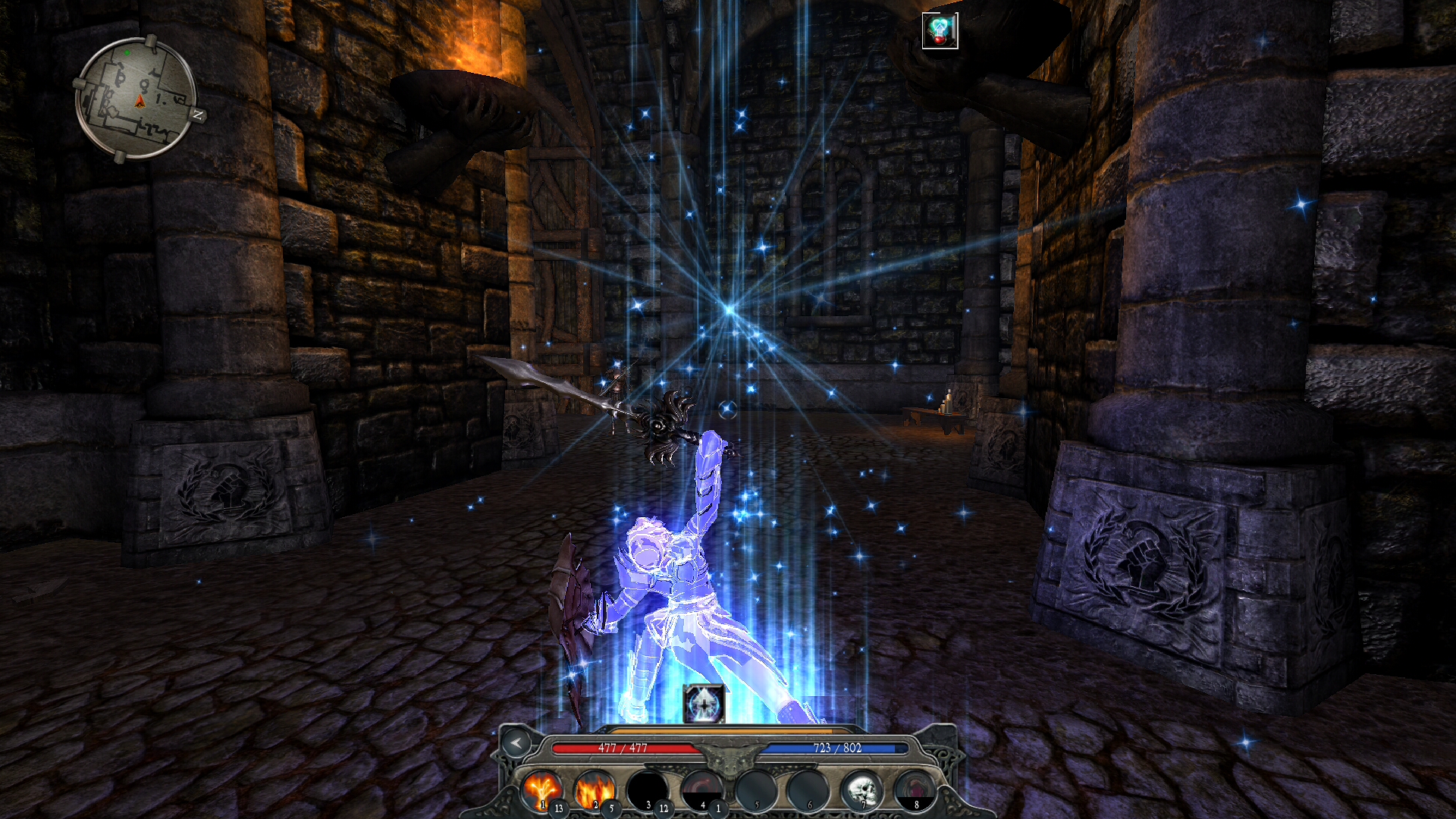
Higher is better
(10/10 is perfect)
Game Score - 82%
Gameplay 16/20
Graphics 7/10
Sound 9/10
Stability 5/5
Controls/Interface 4/5
Morality Score - 46%
Violence 3.5/10
Language 6/10
Sexual Content/Nudity 3.5/10
Occult/Supernatural 0/10
Cultural/Moral/Ethical 10/10
Dark and decrepit environments like crypts, tombs, dungeons and caves make up the majority of where you\'ll be fighting. One dungeon had an experimentation room with bloodied corpses on tables and sharp tools nearby; another had corpses that were hanged. Some rooms are littered with the bodies of dead adventurers or with skeletal remains. A villain is pieced together with various body parts for the main purpose of serving a powerful necromancer. The pentagram symbol is visible for some spells and in books that require interaction to progress through the story. Spell invocation, mind reading, communication with ghosts for quests, and using a blood altar are present, too.
One quest ends with an adulterous relationship between two characters, and some minor dialogue with townspeople is laden with subtle innuendo. Cleavage is present with many female characters, and some are fairly buxom or wear tight-fitting armor. I haven\'t seen anything in the way of nudity or sexual contact compared to other western RPGs on the market. Swearing is low-key: a few “b-stards” and “d-mns” are sprinkled in the dialogue, but again, nothing out of hand.
With all that said, the fantasy elements that envelop the story are fairly dark through and through; the majority of these cannot be avoided. Please be aware of that if the themes above are not something you want to experience when purchasing a game of this type.
Sound is one of the best aspects of Divinity 2. Character dialogue is mostly well-acted with varying degrees of accents, emotion, and a good amount of humor. I\'ve yet to run into a character that wasn\'t voiced. Even your own character\'s actions have narration, which helps to guide you in the right direction. It was quite refreshing to come from the handheld text-based RPGs I recently played to a game where everything is voiced; it sure added a lot more character to an already interesting array of characters. Several of the musical pieces that accompany new locations are crafted nicely and fit the area\'s theme, but they can be hit or miss. I did hear a few lackluster ones that either sounded out of place or were a tad convoluted to the point of muting the music until I reached a new location.
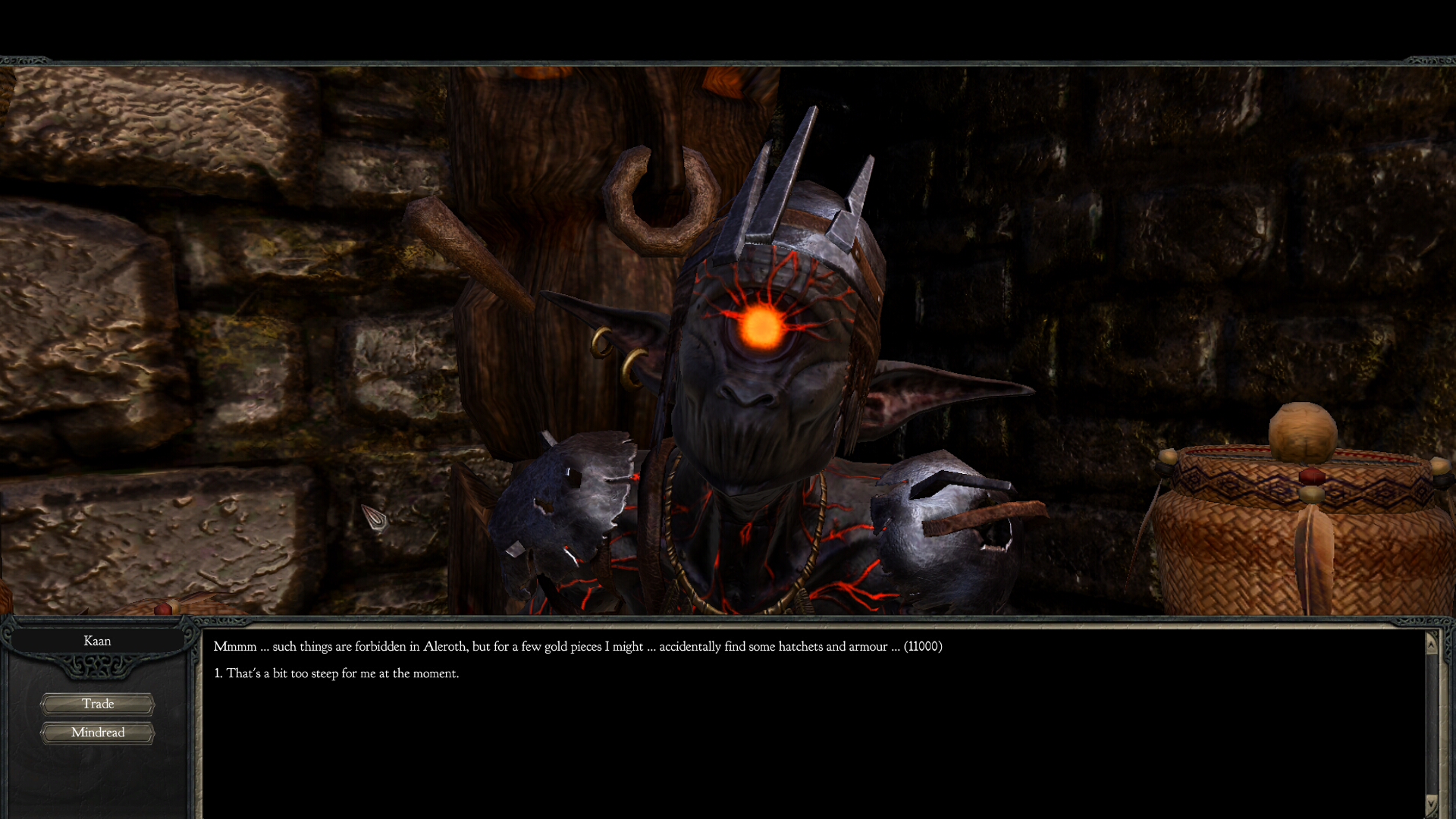
Dungeons are jam-packed with detail and appear like others have visited the location before. Aged, ruined, or forgotten, these environments feel alive despite housing all matters of beast. There\'s plenty of nice touches along the journey in environments you visit, whether it\'s a cave\'s natural blue crystal giving off a faint glow or a jail cell holding shackles, a journal, and skeletal remains.
One big issue I had with the game\'s graphics was that they were locked at 30 frames per second (FPS). While fine on a console, this made the entire game an eyesore to play, due the choppy nature of rendering and how clunky the combat seemed. I saw that a recent hot fix allowed the game to go higher than 30 FPS. After applying the right settings, it improved the gaming experience greatly by allowing a much more fluid feel, in both combat and exploration. The video I posted with this review has the game configuration at a steady 60 FPS, so if you pick up the PC version, be sure to unlock the game from 30 FPS before starting the story.
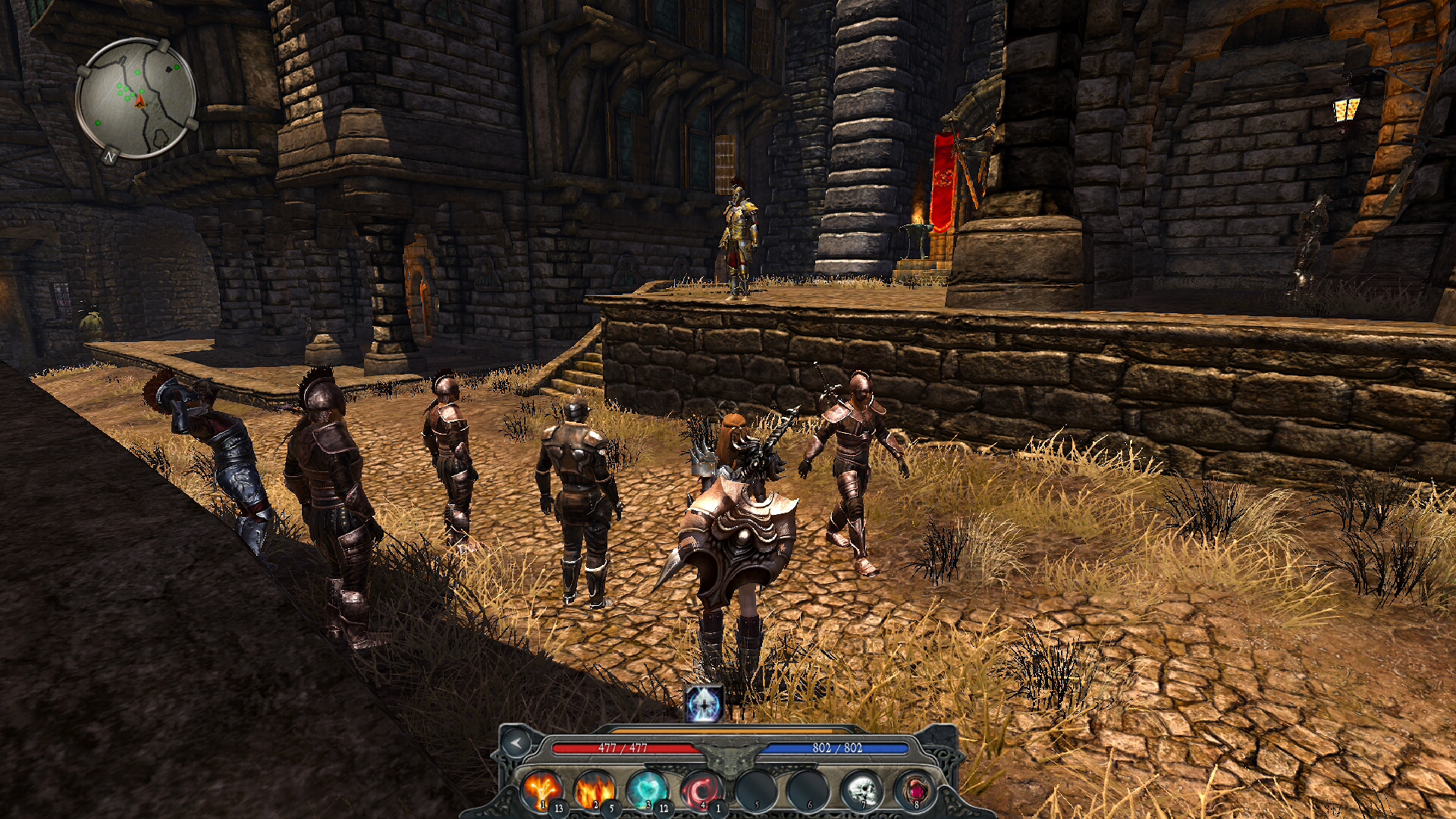
When it comes down to it, Divinity 2 is a well-crafted game that doesn\'t exactly transcend the genre. Plenty of heart went into the game and it\'s easy to see that. From the well-written dialogue to the large amount of quests to the nice dose of humor, there\'s plenty to enjoy. The game was, frankly, grating the first three hours or so I played. As time went on, though, I eventually warmed up to it. The world becomes less confined the longer you play, and it feels more expansive by the time you hit places like Sentinel Island and Orobas Fjords, around the eight to ten hour mark.
For hardcore RPG fans yearning for some adventure, this game has it in spades. You\'ll easily sink dozens of hours into this game if you choose to work at it. At $40, it\'s a reasonable deal, especially with the improvements to the core game and the included expansion.
More casual gamers, however, may want to look at other options instead. The slower story progression, difficulty of the game, and lack of hand-holding make this a hard sell to those not used to such staples of the genre.
-- Jonathan "Keero" Harling




